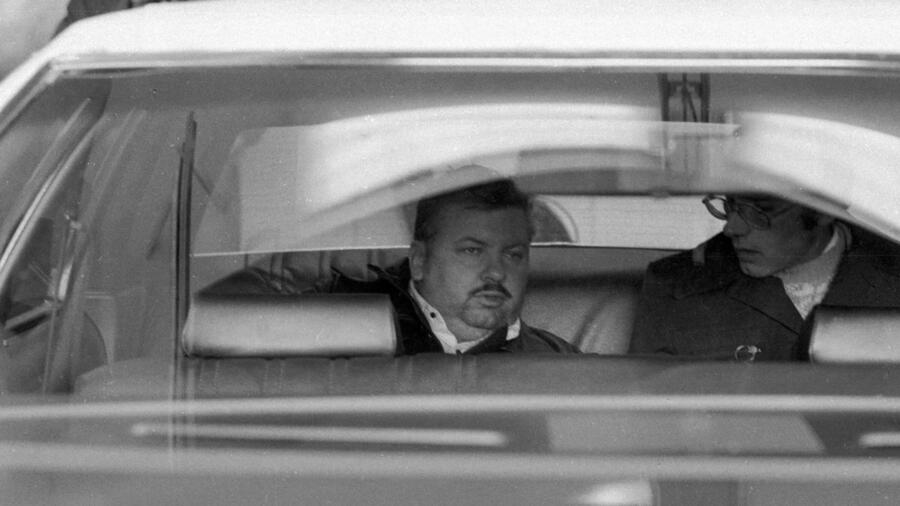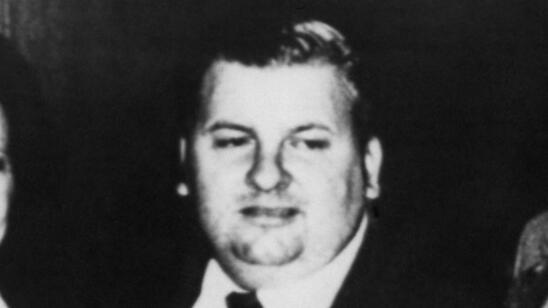In February 1980, John Wayne Gacy, a former contractor and occasional party clown, went on trial in Cook County, Illinois, for the brutal murders of 33 young men and boys between 1972 and 1978. The evidence against Gacy, which included a confession, was so strong that his guilt was not in question. Instead, the case hinged on whether Gacy had been legally insane when he killed.
Before the Trial
It was late 1978 when a police investigation discovered Gacy was a killer and he drew a map showing where he’d buried most of his victims. By January 1979, 26 corpses had been unearthed from the crawl space under Gacy’s home in Norwood Park Township, northwest of Chicago. An additional three bodies were found on his property, and another four victims were recovered from the Des Plaines River.
Due to extensive media interest in a trial for 33 murders committed by a sexual sadist, the defense requested a change of venue from Cook County. Instead, Judge Louis Garippo decided the jury would be selected from Winnebago County, about 90 miles from Chicago. These jurors were then relocated to Cook County for the duration of the trial, the first time in Illinois history a jury was impaneled in this manner.
[Stream Invisible Monsters: Serial Killers in America, which covers John Wayne Gacy’s life and crimes, in the A&E App.]
Gacy’s Trial Begins
Opening statements were delivered on Wednesday, February 6, 1980. The next day, prosecutors began to call family members of Gacy’s victims—at least the 22 that had then been identified—to the witness stand. One woman fainted after being shown her murdered 14-year-old son’s bracelet.
Gacy employees testified about sexual advances he’d made to them and about his directing them to dig out parts of his crawl space. Other prosecution witnesses discussed Gacy’s confession, in which he’d described using a “rope trick” to kill his victims. The medical examiner explained how several victims had been strangled or suffocated.
Flooring, including the trapdoor used to enter the crawl space in Gacy’s house, was set up as a state exhibit. It remained in the courtroom for the rest of the trial.
Case for the Defense
Gacy’s attorneys argued their client had been mentally ill and could not be held criminally responsible for his 33 murders. They said he should instead be institutionalized.
The first defense witness was, surprisingly, Jeffrey Rignall, who had survived an attack by Gacy in March 1978. (Rignall had gone to the police at the time, but they did not pursue charges against Gacy.)
Rignall recounted how he’d been chloroformed and taken to Gacy’s house, where he was sexually assaulted and tortured. Due to “the beastly and animalistic ways [Gacy] attacked me,” Rignall inferred that Gacy could not control his conduct, which the defense team hoped would support their plea of mental incapacity. Yet Rignall was so affected by recounting his ordeal that he vomited while on the stand.
Kevin McMunigal, a criminal law professor at Case Western University’s School of Law and former federal prosecutor, tells A&E True Crime the defense decision for Rignall to testify was a gamble that risked backfiring. “[Rignall’s] physical reaction reinforces how horrible these crimes are. And watching him go through that is going to cause a visceral reaction on the part of the jury… If he went through this, all 30 of these kids must have gone through the same.”
Defense experts who’d interviewed Gacy testified that he suffered from periods of psychosis. They said he was unable to control his behavior during these episodes.
Prosecution Rebuttal
The prosecution presented their own expert testimony about Gacy’s mental state. These doctors had diagnosed Gacy with a personality disorder but said he had not experienced moments of temporary insanity. One said that constructing a crawl space to bury bodies was evidence of planning.
Prosecutor William Kunkle asked another expert if he could guarantee Gacy would spend the rest of his life in a mental institution. The doctor answered, “Absolutely impossible… We find it very difficult to keep people in hospitals who in fact need to be there because of concern, which I can understand, that to hospitalize is a deprivation of civil rights.”
The doctor’s answer prompted the defense to request a mistrial. Judge Garippo did not do so but instructed the jury they should only consider Gacy’s mental state at the time of the killings.
However, McMunigal says juries do take the prospect of release into consideration. “[Juries] are very reluctant to accept an insanity defense—partly, I think, because they’re afraid of people, if they’ve done something like Gacy. They just want to make sure he’s not out.”
Gacy’s Verdict
The defense’s closing statement asked the jury not to let hatred and hysteria cloud its judgment.
Kunkle delivered the final statement for the prosecution. He took victims’ photos off a display board as he spoke. “You show him the same mercy he showed when he took these innocent lives off the face of the earth, and put them here!” he exhorted the jury as he emphatically threw the pictures into the crawl space trapdoor exhibit still set up in the courtroom.
The jury deliberated for an hour and 50 minutes on March 12, 1980, before returning with guilty verdicts for Gacy. At the time, this made him the man convicted of the most murders in U.S. history.
The next day, jurors voted on the death penalty for Gacy. Illinois had reinstated capital punishment in 1977, so only the 12 cases that could be proved to have occurred after this date were eligible for this sentence. On March 13, after two hours and 15 minutes of deliberation, the jury delivered Gacy’s death sentence.
Gacy spent more than a dozen years on death row before being executed in May 1994.
Gacy’s trial and its outcome couldn’t alter the devastation he’d created. Kelly Anne Navarro, a former Cook County Assistant State’s Attorney and director of the trial advocacy and dispute resolution program at the University of Illinois Chicago School of Law, tells A&E True Crime, “I don’t think people understand the magnitude of suffering… Every person Gacy touched, touched 10 more… The children of those people are then tainted by that [suffering].”
Related Features:
John Wayne Gacy’s Childhood: ‘Killer Clown’ Serial Killer Was Victim of Abuse
John Wayne Gacy’s Victims: Gone, But Not Forgotten
John Wayne Gacy’s Execution: What Were the Serial Killer’s Final Days Like?


